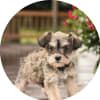Chesapeake Bay Retriever Puppies
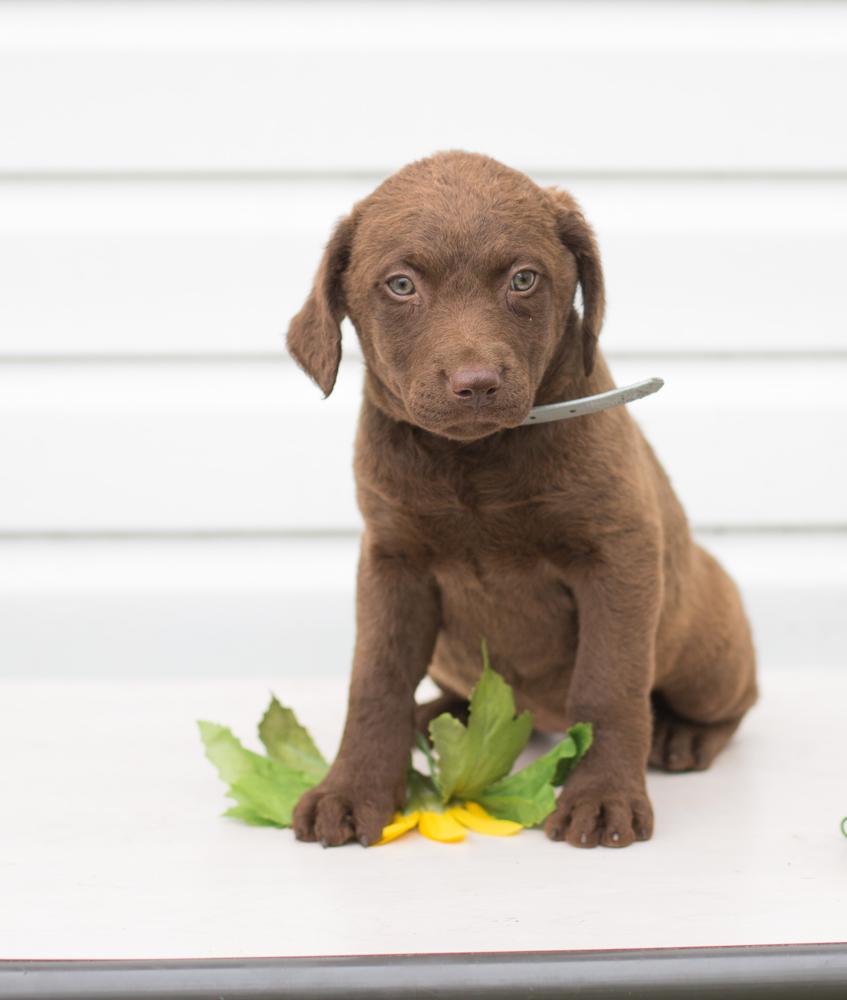
The Nimble and Friendly Chesapeake Bay Retriever
Fondly referred to as the Chessie, this breed is native to Maryland where it was designed to hunt waterfowl. Nimble on the ground and in the water, this active dog is also a great smeller! Their intelligence makes them fairly simple to train, and their friendly disposition makes them a cherished companion.
Chesapeake Bay Retriever At a Glance
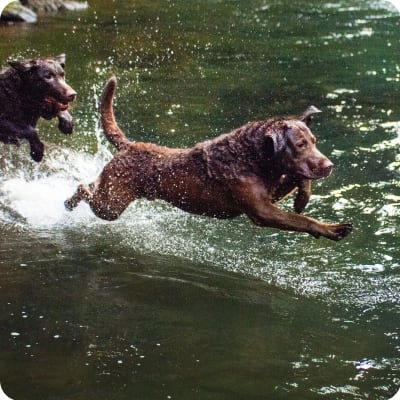
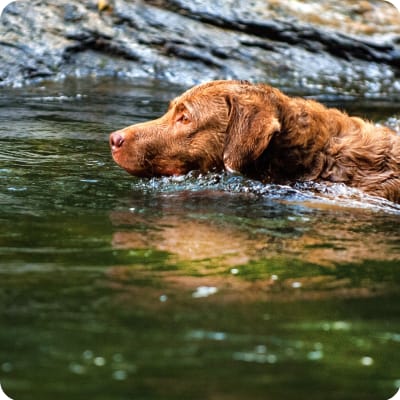
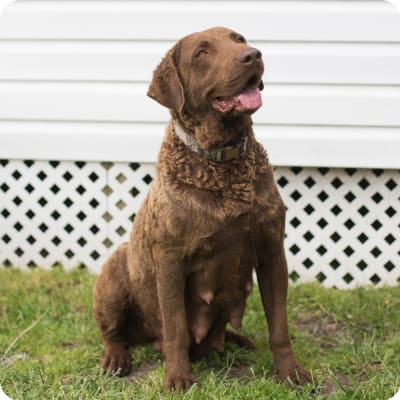
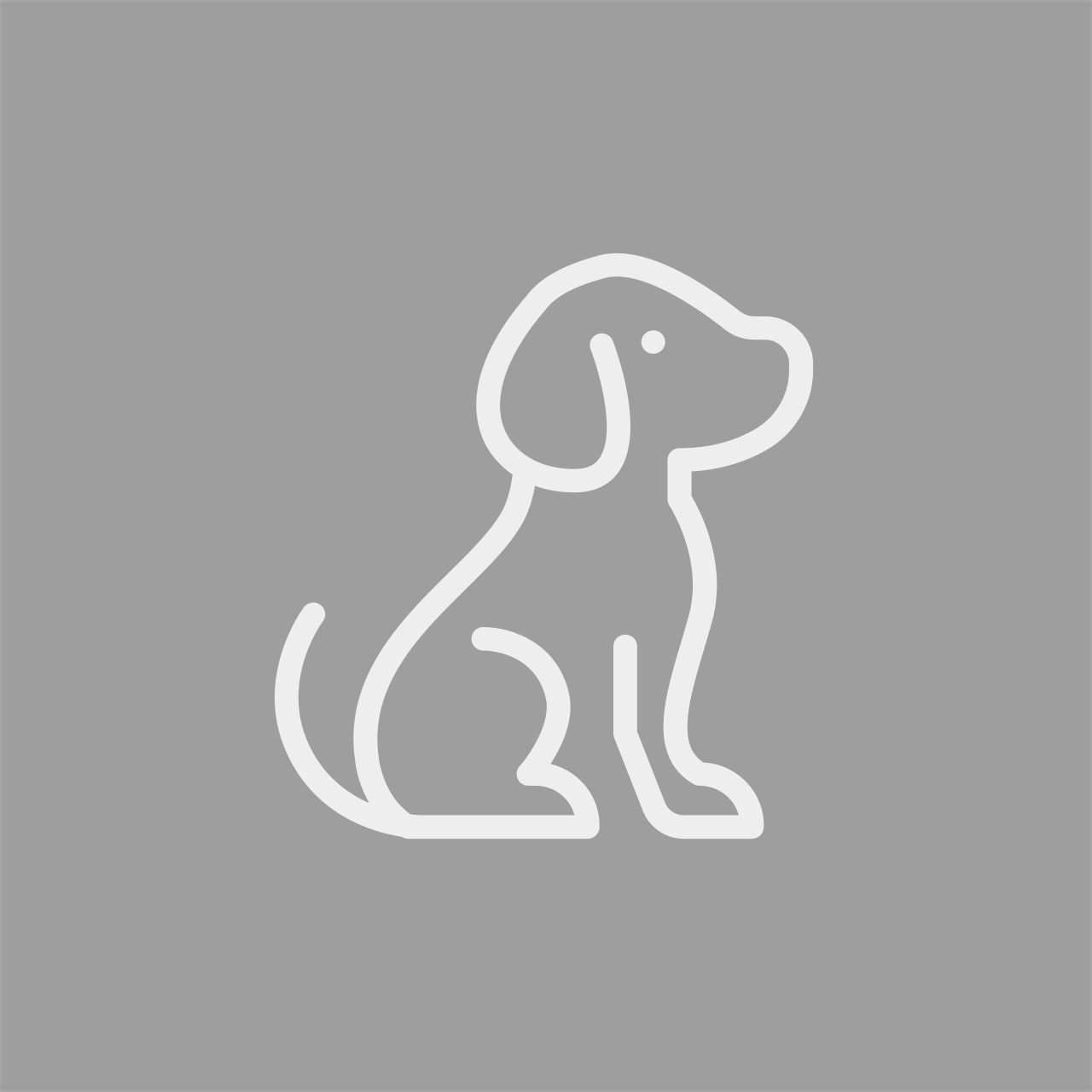
Chesapeake Bay Retriever At a Glance
- Size: 21"-26", 55-80 lbs.
- Lifespan: 10-13 years
- Energy Level: high
- Coat: Short, thick outer coat with a dense, woolly undercoat
- Shedding: heavy
- Hypoallergenic: No
- Dog Group: Sporting
- Common Nicknames: Chessie, Lesser Newfoundland Dog
Chesapeake Bay Retriever Breed Guide
Learn More About Chesapeake Bay Retrievers

